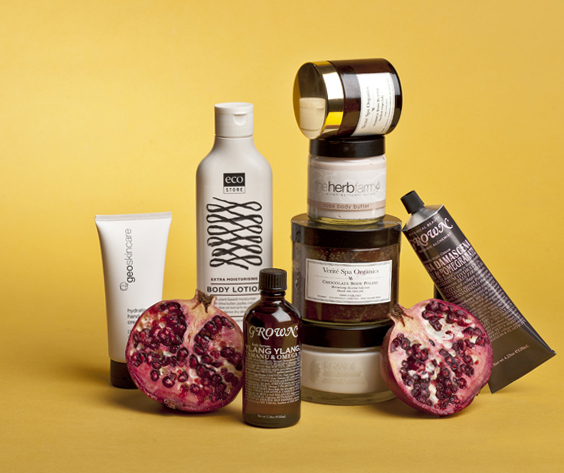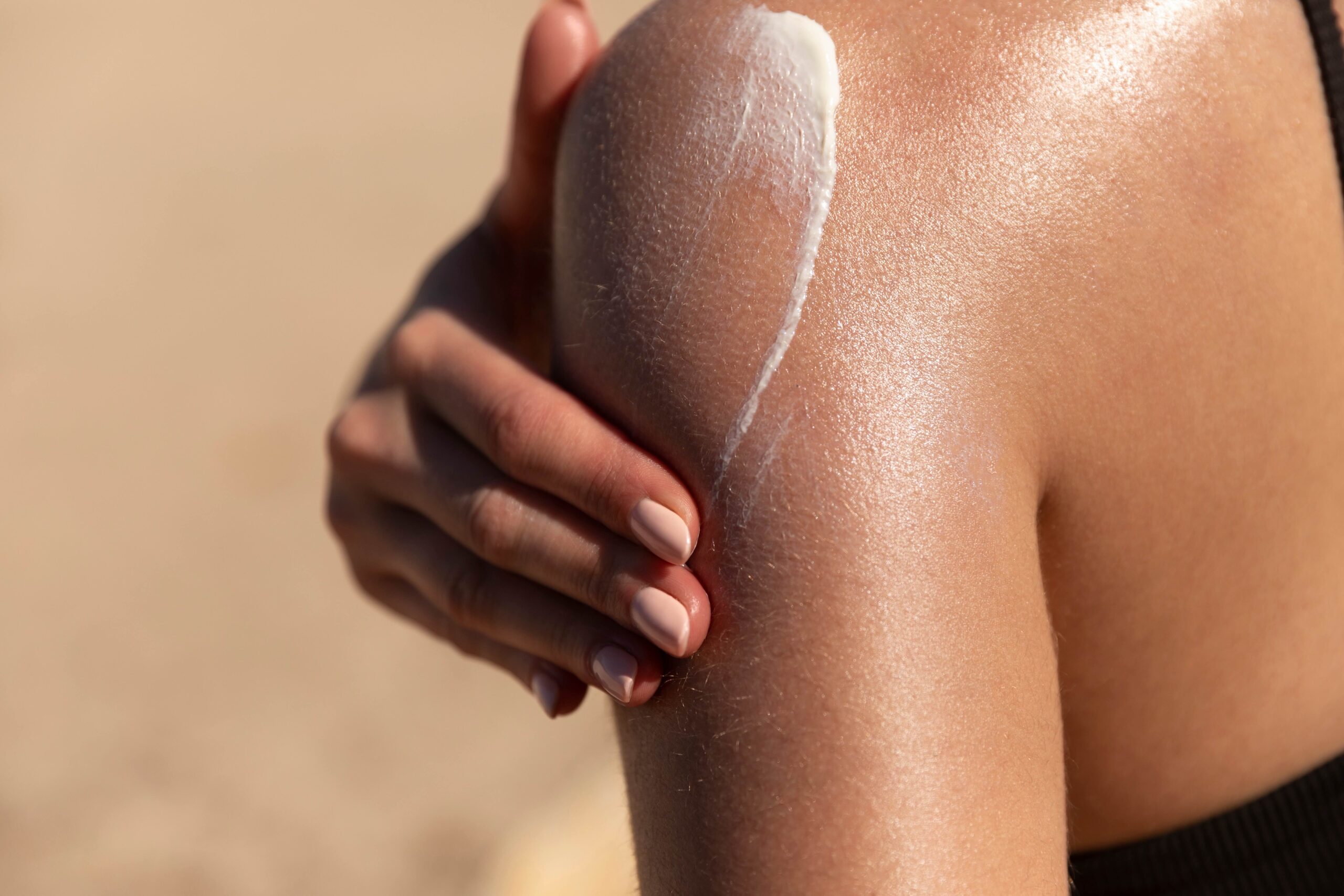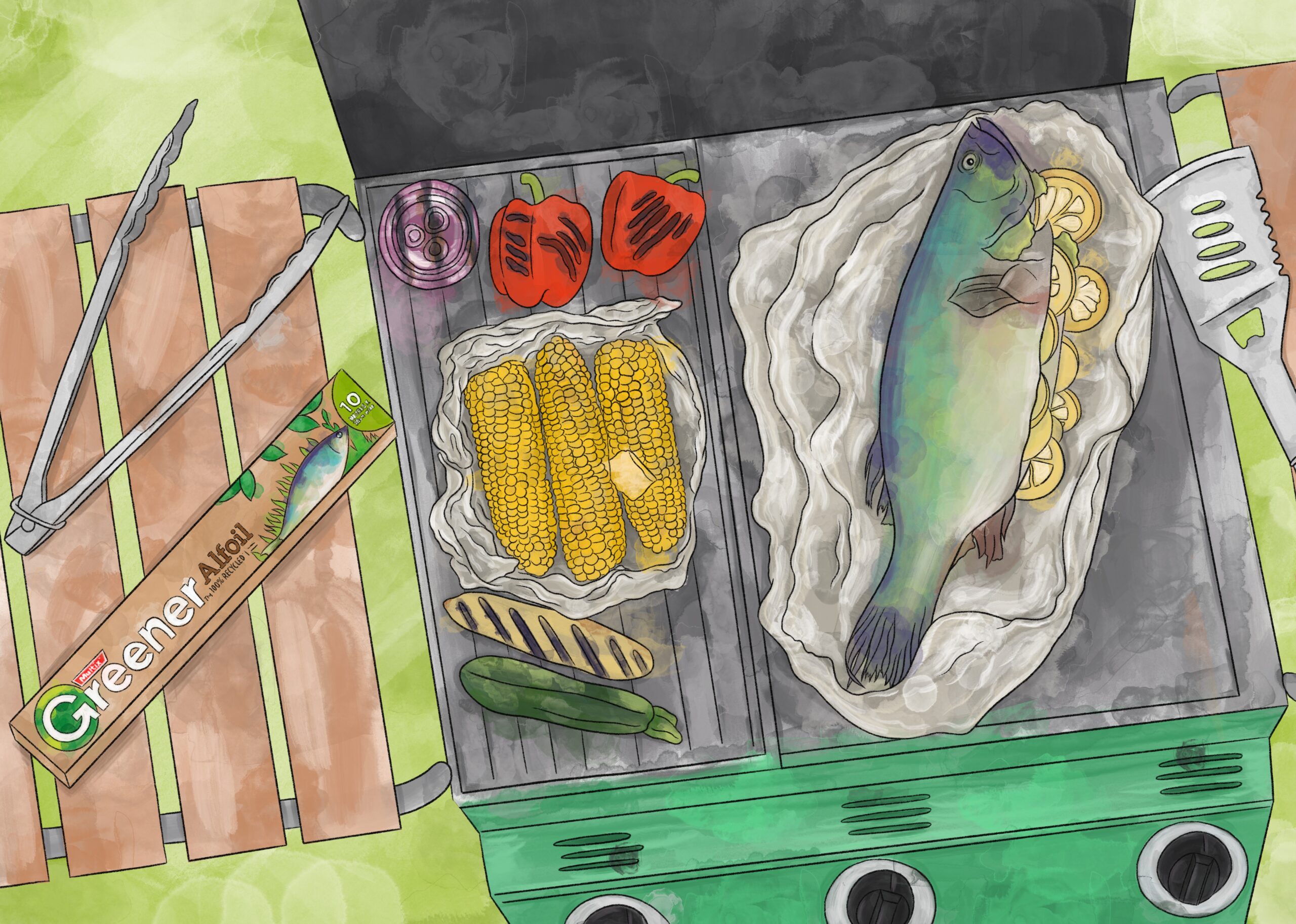Summer’s here, the opaque stockings and long pants have been consigned to the bottom of the wardrobe, and short shorts, strappy tops and uncovered legs are back.
We’re used to thinking of our organs as something on the inside, but it’s skin that’s our body’s largest organ, at 12-15 percent of our weight. Skin doesn’t just provide a barrier for water – it also blocks disease-causing pathogens. It helps us to regulate body temperature, limit fluid loss and synthesise vitamin D. But all this activity means that our skin can also lose moisture pretty quickly. Skin has its own natural moisturisers, but they’re water-soluble, so things like frequent washing and swimming actually accelerate moisture loss (prune fingers, anyone?) This is why during summer, or in dry environments like an air-conditioned office, it’s important to moisturise all over. If you (or your teenage daughters) are in the habit of taking long or very hot showers or washing both morning and night, think about the premature ageing effect this could be having on your skin. Not to mention the extra cost of all the hot water.
There are two main types of moisturisers (officially called ‘emollients’): occlusives and humectants. Most body lotions contain both. Occlusives soften and hydrate skin and provide a protective layer on top to seal in water and prevent evaporation. Both plant- and mineral-derived oils act as occlusives. Humectants, on the other hand, attract moisture from the surrounding environment, and sometimes also from other parts of the body.
Common humectants include glycerine, urea and alpha hydroxy acids, which – at higher concentrations – are often used in chemical peels. Dr Amanda Oakley, dermatologist and clinical associate professor at wAuckland University’s School of Medicine says that humectants may irritate broken skin, but can be useful for particularly flaky or scaly skin.
How can you tell if your skin needs to be exfoliated? Glide the delicate sensors in your fingers lightly over the skin’s surfgace. If it has an uneven, rough, dry or grainy texture then it’s likely the skin will benefit from exfoliation
-From Radiant Health, Radiant Skin
The good news is that there are plenty of options for plant-derived oil-based moisturisers, which have a close resemblance to human sebum. These can be grown or produced sustainably, and are generally more compatible with our skin.
Sebum gets a bad rap because it causes pimples, but it’s a natural protecting and moisturising agent. Huia Iti, research and development manager for Ecostore, says the most compatible substances to use in moisturisers are the ones that most closely resemble sebum. “Some plants have evolved with similar fatty acid profiles to human skin,” he says. “When you bring them together, they’re compatible because the chemicals within each are so similar.”
So what are some of these chemically-compatible ingredients?
Shea butter, made from the karite nut native to Africa, is a highly moisturising substance with a low, natural sun protection factor (SPF). At body temperature, it melts easily into the skin and doesn’t leave a greasy residue.
Jojoba seed oil is also easily absorbed into the skin. “Of all the oils in the plant kingdom, jojoba seed oil is the most compatible with human skin because the chemical composition is so alike,” says Iti.
Coconut oil, olive oil, rosehip seed oil, sea buckthorn oil, sesame seed oil, beeswax and lanolin are also of similar composition and should be compatible with most skin types. And if these ingredients are independently certified organic and Fairtrade, then all the better!
As with other beauty or body products, it pays to look at the other ingredients on the bottle and check the Skin Deep Cosmetics Database if you’re unsure about the safety of any ingredient.
.jpg)
Oil, lotion, butter or scrub?
Body butters and lotions differ in the quantity of moisturise contained – butters being the richer. Tracy Killip, Weleda’s training coordinator and a qualified naturopath, says the choice between a cream and oil comes down to preference and whether or not you mind the residue an oil might leave on the skin.
The general consensus is that too much dead skin makes your skin appear dull and lifeless, and that to retain a glow, you need to remove the dead skin cells from time to time. But don’t overdo it. Scrubs exfoliate the topmost layer of skin, but may also reveal new skin too early, leaving it open to infection and irritants. Many scrubs also contain polyethylene particles, which do more to clog up our oceans than unclog your pores.
The truth about cellulite
Blame cellulite, that cursed affliction, on deposits of fat just below the skin – but there’s not a whole lot we can do about it. Even weight loss is no guarantee of a dimple-free existence. Causes of cellulite include controllable factors such as diet and lifestyle habits, as well as uncontrollable ones, like genetic disposition, hormone levels and ethnicity. If you need to get beach-ready quick smart, then there are off-the-shelf products you can turn to, but keep in mind they’re not cure-alls for cellulite. Weleda’s Killip recommends its anti-cellulite treatments be used as part of a holistic approach, including a balanced and healthy diet.
Moisturisers can disguise cellulite by plumping up the skin, says Dr Oakley. But topical lotions cannot be expected to change fibrous bands deep in the skin.
Skin brushing and massage will have only a “temporary effect”.
Are we simply washing too much?
Gone are the days of bathing once a year – whether you needed it or not. Now it’s the norm to shower at least once a day. But is our dedication to personal hygiene actually doing ourselves damage?
Your skin’s softness and suppleness are due to its water content. The topmost layer of your skin consists of dead skin cells as well as lipids, natural fats within the skin which capture and retain moisture. When you take a shower, the hot water and soap dissolve the lipids, leaving your skin with that taut, tight feeling.
The body repairs itself by producing its natural oil, sebum, to compensate, but if you’re stripping it of moisture on a daily basis, it doesn’t get the chance. So too much exfoliation results in exactly what you’re trying to avoid: dry, cracked skin.
What’s the solution? Dial down the shower temperature or make it quick – hot water is largely responsible for lipid loss. Avoid harsh soaps, and don’t exfoliate more than once or twice a week. Give your skin a helping hand with an oil or lotion applied straight after your shower while your pores are still open.
It’s a slightly different story with your hair. Removing your scalp’s sebum encourages your sebaceous glands to produce a greater quantity of it – so washing your hair often simply results in the need to wash your hair more and more. Get out of the vicious cycle by freshening up with dry shampoo or gradually increasing the time between hair washes.







